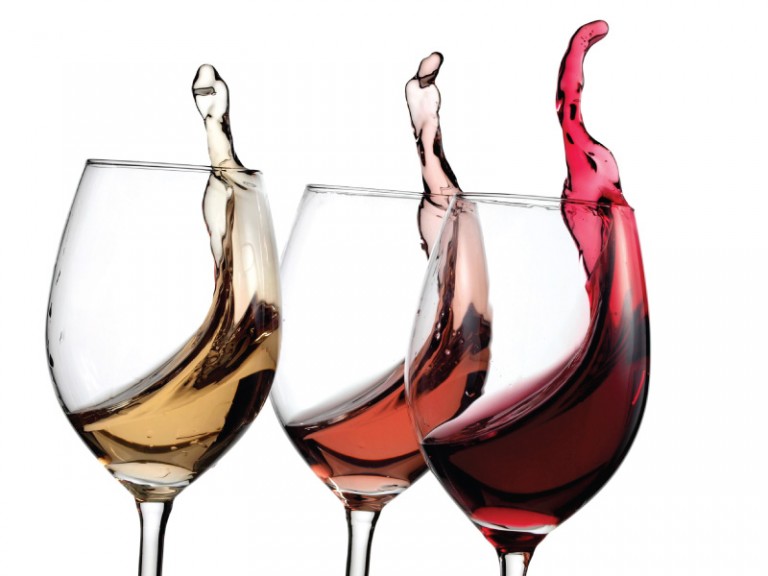
One of the challenges when we go out to eat is pairing the right wine with whatever we’ve ordered. That hurdle only gets higher when we’ve taken out clients for a night on the town and it’s our role to choose the wine for the meal.
So what do you do when people start placing their food orders – and they’re all over the menu? I remember a time I took three clients out to a meal at a lovely continental restaurant and all four of us ordered something different: there was one steak order, one order of Chilean sea bass, one person chose lamb, and the fourth person, a vegetarian, chose the pasta.
Given that traditional advice says that you should order red wine with meat and white wine with fish or pasta, what do you do? What a conundrum!
Let’s say you find yourself in a situation like this. What can you do? The first question you can ask yourself is how likely is your group to drink more than a single bottle of wine over the course of the evening. If you think it’s likely that you’ll enjoy two bottles of wine, your job just got a lot easier. Just order one of each!
Perhaps a choice of a nice Napa Valley Cabernet would be a nice choice of a red for the meat eaters. You could even go with a Californian GSM, which is a blend of Grenache, Syrah, and Mourvedre grapes, if you were worried that the cab would be too much for the lamb.
And then, for the fish and pasta folks, you can’t go wrong with either a refined French Chablis or a dry German Riesling. Delicious!
But let’s say life isn’t as simple as that. Maybe it’s more of a working meal and everyone wants to limit themselves with a single glass of wine, meaning you’ll only get to order one bottle for the table. What do you do then?
One answer would be to order by the glass. That way you can pair each meal with the appropriate wine. While many restaurants have unimpressive wines on the by-the-glass menu, the trend is towards surprising and interesting wines that the sommelier has selected.
If a bottle is in order, the goal should be to find a wine that will work for everyone’s meals, which means zeroing in on either a light red wine or a robust white varietal. Although, this problem does make you think rose too.
Potential options for a mild red choice might be a Pinot Noir from the Willamette (rhymes with dammit) Valley in Oregon that has a nice fruit forward style that is easy to drink. The sauce on both dishes will be important as well as I’ll discuss in a second.
If you wanted to go with a white wine, your choice might be an elegant white burgundy from France, which has the acid to cut through the fat of the steak. Champagne is always a good choice and has enough power for the meats and enough elegance for the pasta and fish. It’s always a good time for bubbles, even if you aren’t celebrating.
Another question you can ask to help make your choice relates to the kind of sauce the entrees are served with. If the fish will be served with a more forceful sauce, for example, you might be able to choose a red wine like a Pinot Noir as a pairing. But, if the sauce is light, you might lean the other way back toward a white wine like the white burgundy.
So, next time you’re out to eat in a professional setting and it’s your job to choose the wine, keep these ideas in mind and everyone will drink well.
Cheers!

